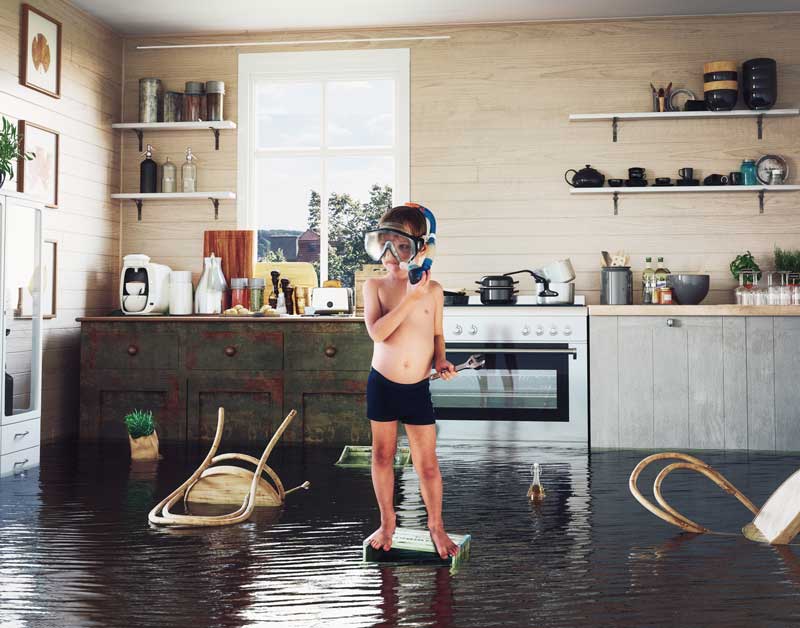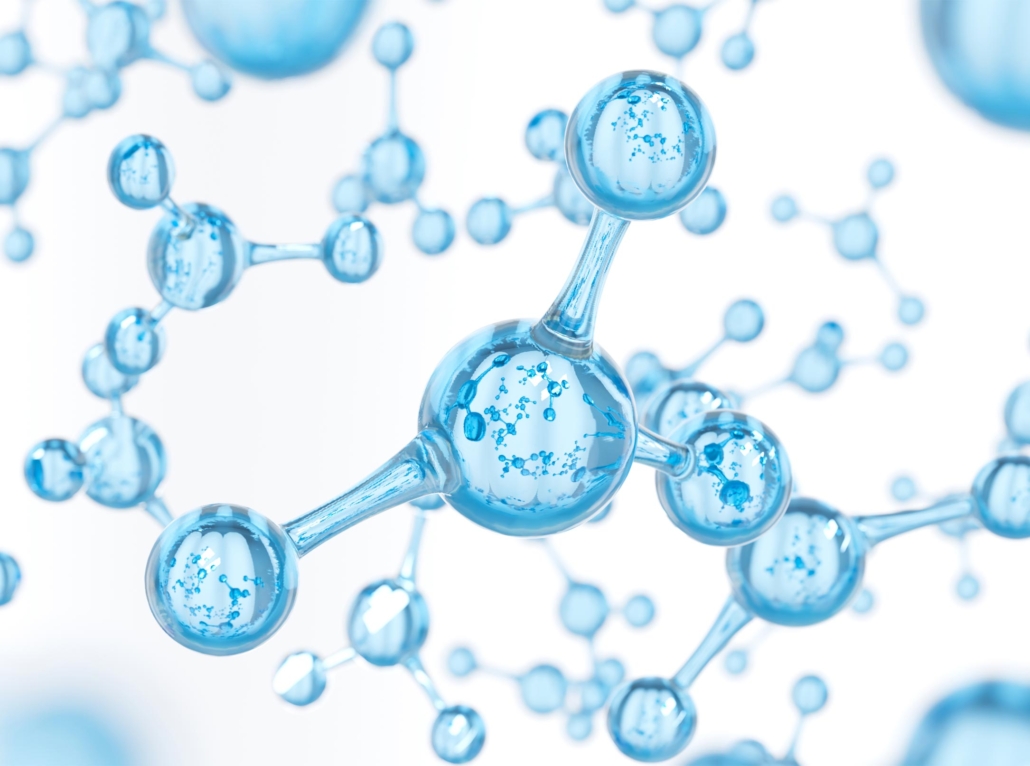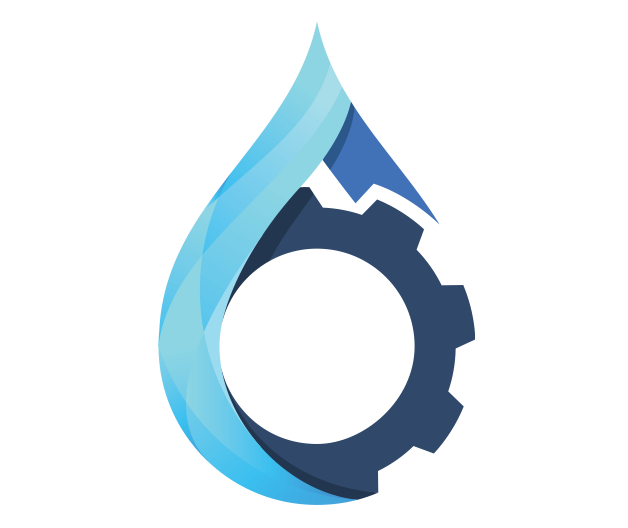Water Damage Repair Services
- Water Damage Repair
- Water Damage Cleanup
- Sewage Damage Cleanup
- Structural Drying
- Storm Damage Repair
- Water Damage Restoration
- Water Remediation
- Water Extraction
- Water Removal
- Decontamination
- Flood Damage Repair
- Water Mitigation
- Dehumidification
- Microbial Treatments
- Disinfection
- Contents Restoration
- Rain Damage Repair
- Leak Damage Repair
Common Causes of Water Damage
- Burst Pipes
- Leaking Pipes
- Damaged Pipes
- Damaged or Ineffective Windows
- Damaged Window Seals
- Sewer Back Up
- Building Envelope Damage
- HVAC Operational and Maintenance Issues
- Natural disasters
- Roof damage
- Wind damage
- Defective or leaking fire sprinkler system






